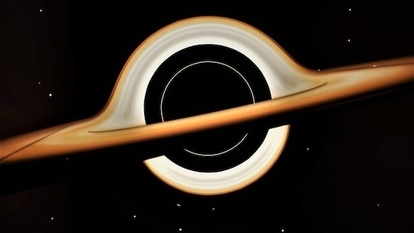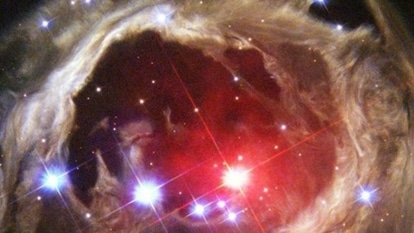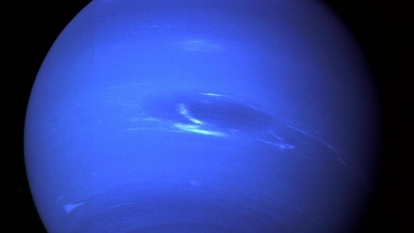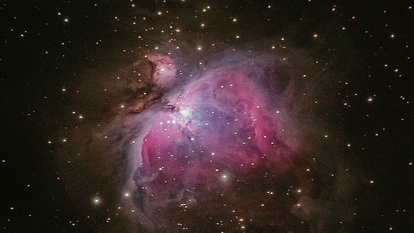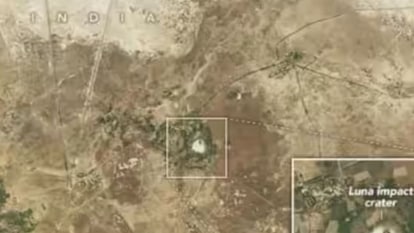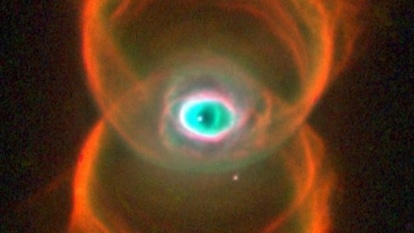Unexpectedly strong solar storm strikes the Earth; Know the danger
Earlier, the models revealed that a minor solar storm would strike the Earth today, August 5, however, its impact was measured to be much higher than previously estimated. Check details.
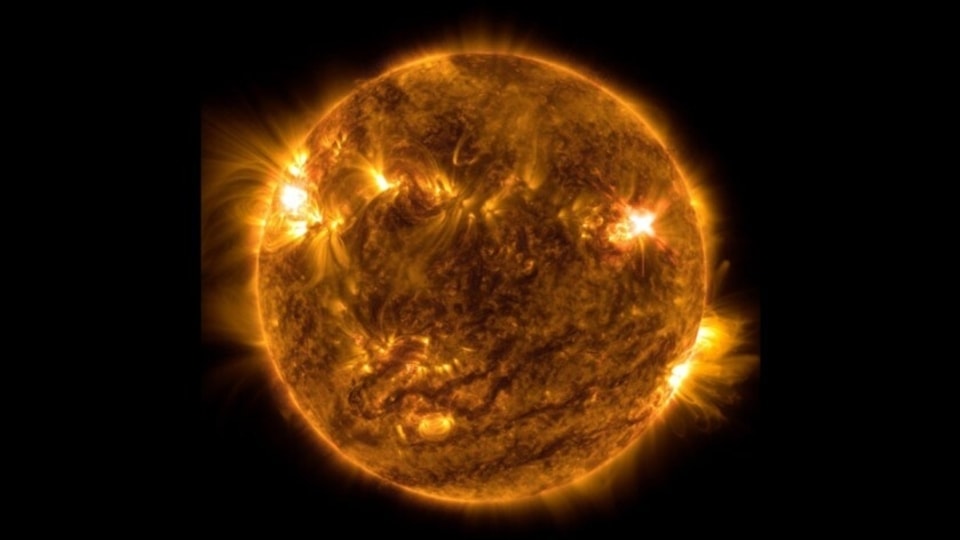
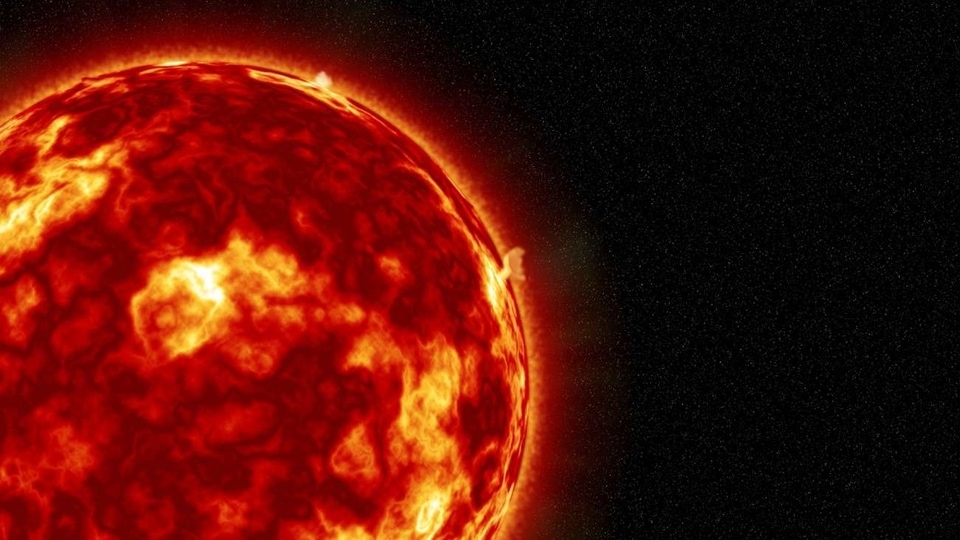
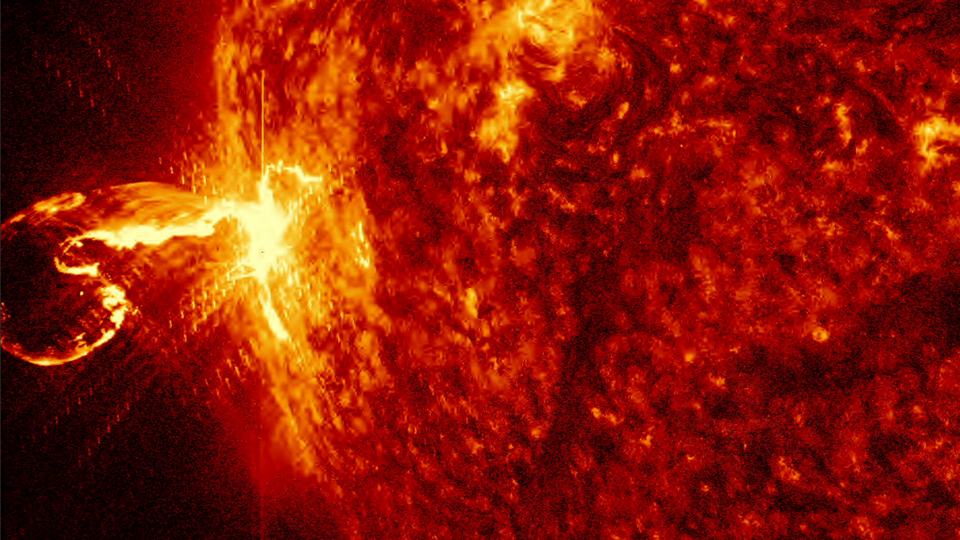
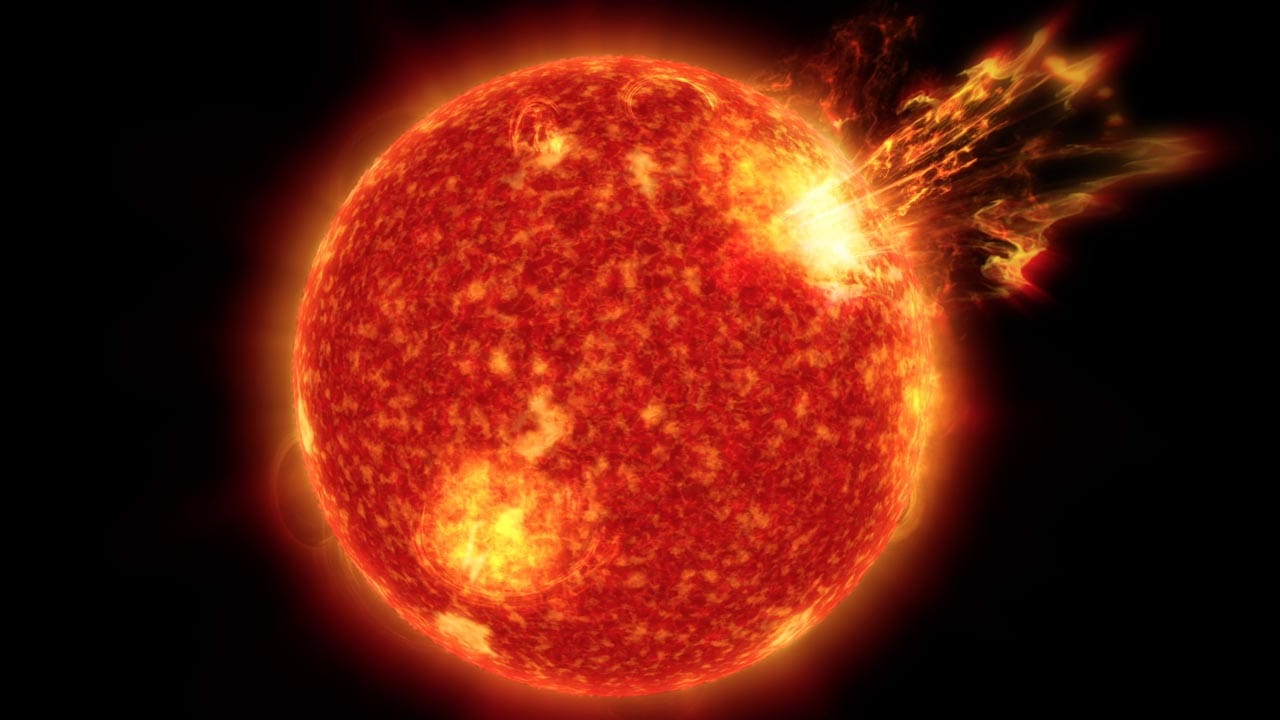
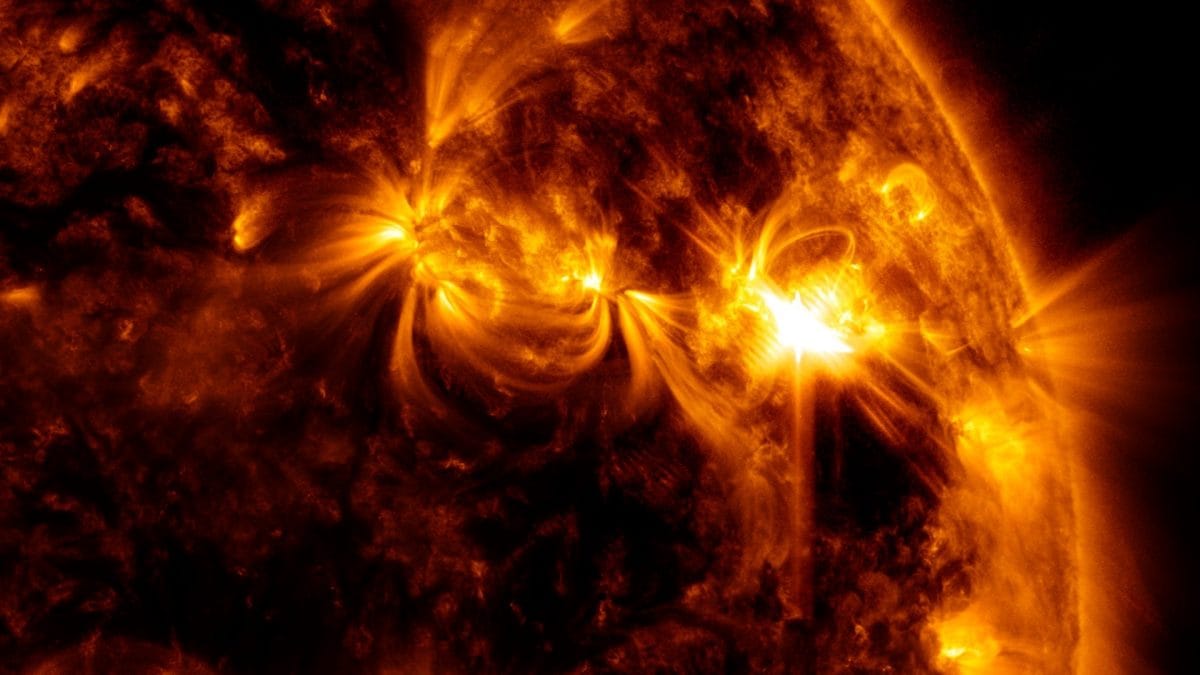
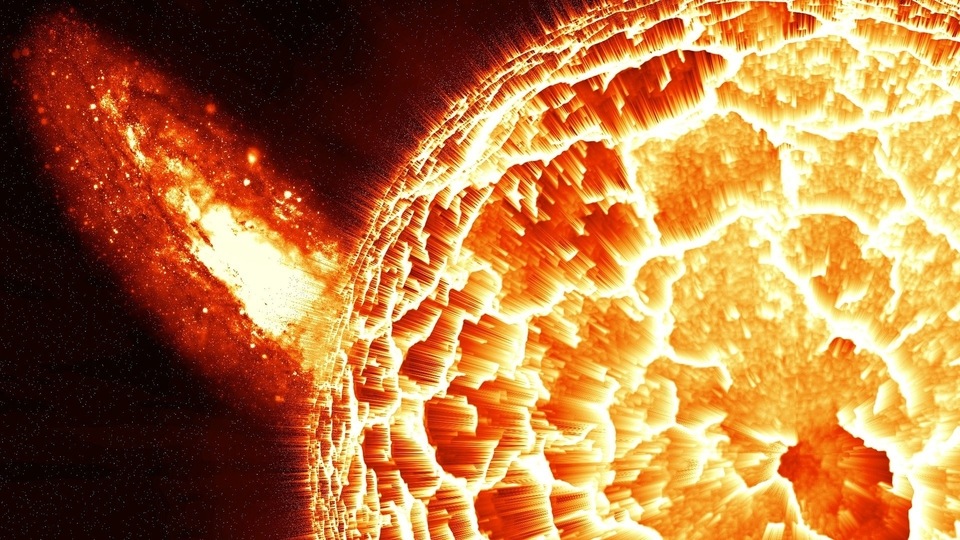
 View all Images
View all ImagesYesterday, we reported that a coronal mass ejection (CME) was headed for the Earth, and NASA models revealed that it could spark a minor solar storm event. However, things took a turn for the worse when the CME made an impact after midnight, and the initial jolt was measured to be around 22 nT (nanotesla, the unit of magnetic field in the centimeter-gram-second system). The energy released pushed the solar storm from minor to moderate levels, meaning it will have a stronger impact on the upper atmosphere. The storm is currently ongoing, and researchers are tracking the damage it caused.
According to a report by SpaceWeather.com, “A G3-class geomagnetic storm is in progress following the impact of a CME on Aug. 5th (0230 UT). Sensors at the Canberra Magnetic Observatory in Australia measured a jolt of 22 nT to Earth's magnetic field”. The report also highlighted that following the impact, auroras can spread as far south as Arizona in the US.
Solar storm struck the Earth
A G3-class storm is strong enough to cause drag in the upper atmosphere and push smaller satellites around, causing both disruption of signals as well as damage to sensitive instruments. They can also disrupt shortwave radio communications such as GPS, and affect mariners, drone pilots, amateur radio operators, and emergency responders. Further, in some cases, it may also affect mobile networks.
The CME that is headed for the Earth was part of a series of M-class solar flare eruptions that took place on August 1. It was reported at the time that a particularly notorious sunspot was exploding every 3 hours, sparking a rolling series of shortwave radio blackouts on Earth.
Even as this solar storm passes by, there are 9 other sunspots on the Earth-facing side of the Sun that have concerned the researchers. With the Sun getting increasingly unstable as it nears the peak of its solar cycle, it is expected that solar activity will also ramp up in the days to come.
NOAA's DSCOVR satellite's role in solar storm monitoring
NOAA monitors solar storms and Sun's behavior using its DSCOVR satellite which became operational in 2016. The recovered data is then run through the Space Weather Prediction Center and the final analysis is prepared. The different measurements are done on temperature, speed, density, degree of orientation, and frequency of the solar particles.
Catch all the Latest Tech News, Mobile News, Laptop News, Gaming news, Wearables News , How To News, also keep up with us on Whatsapp channel,Twitter, Facebook, Google News, and Instagram. For our latest videos, subscribe to our YouTube channel.



